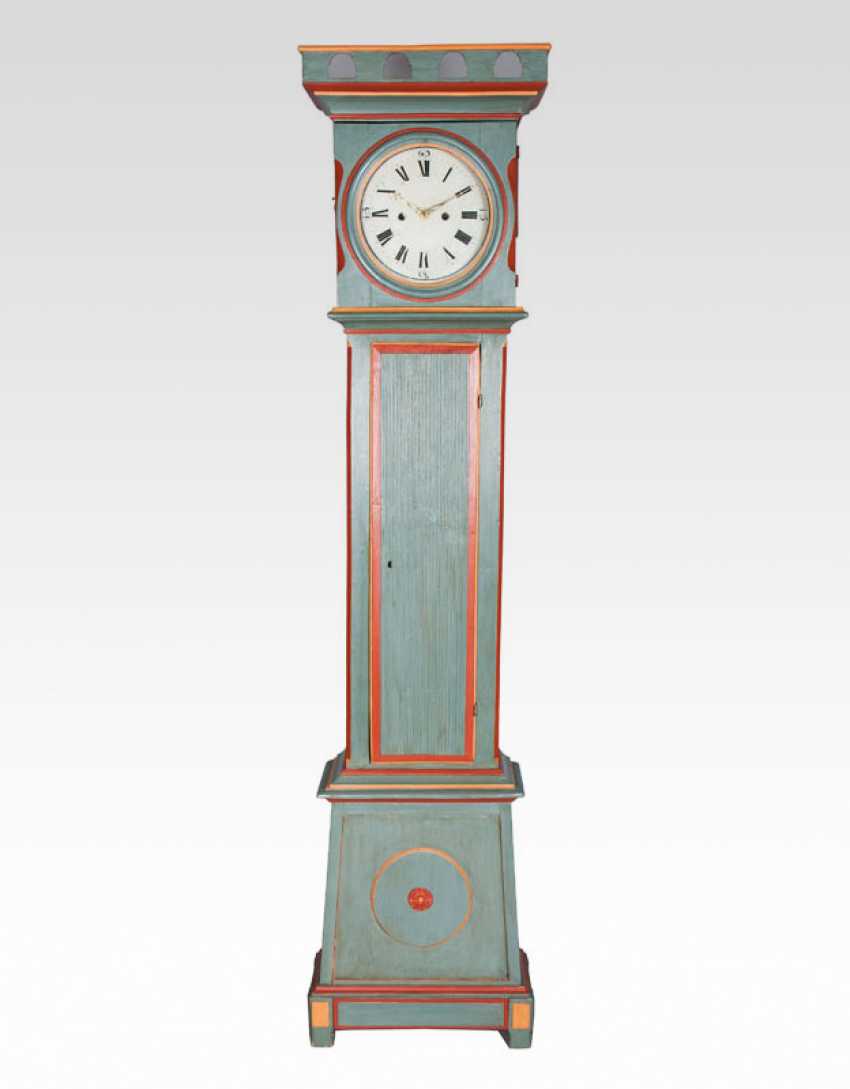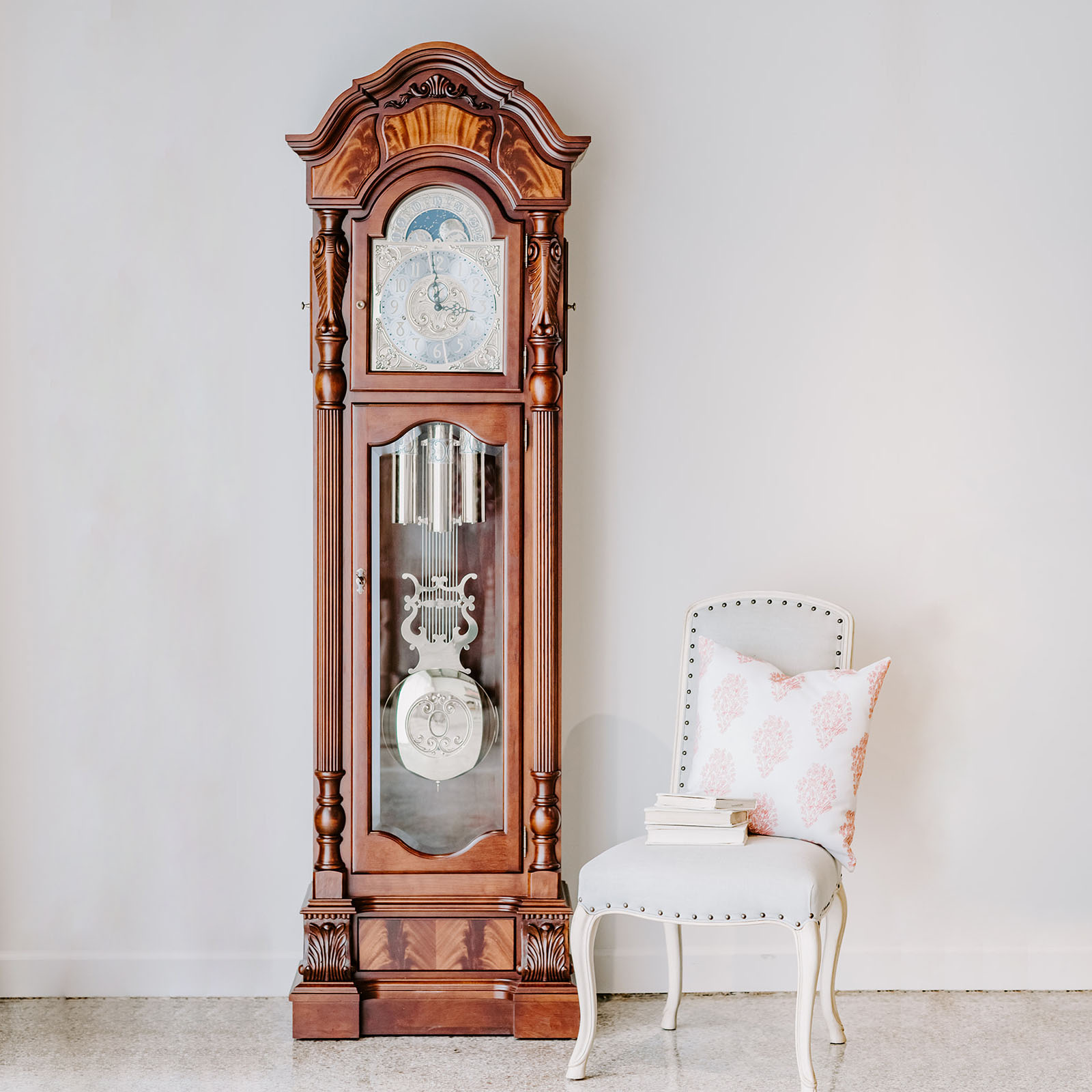Of all the many forms of antique furniture, there is nothing quite like the grandfather clock, a sheer masterpiece of engineering and exquisite workmanship that people find irresistible. As you would expect, there were many skilled longcase clock makers, and this is reflected in the diverse range of styles that were created by European and English clock makers.

- The Bornholm Clock – Named after a small island between Denmark and Sweden, the Bornholm clock came about partly due to a ship that changed course in 1744, and ended up at Bornholm. The ship contained several grandfather clocks. The local men became very interested in this type of clock and learned so much about the mechanism. They were able to design and build their very own longcase clock, the Bornholm Clock.
- The Comtoise Clock – Among the most common French Longcase clocks, these amazing timepieces were made in the region of France called Franche-Comté, hence the name, while the region of Morbier also produced these clocks, which are often referred to as Morbier clocks. Production spanned over 260 years, starting in the 1680s, with the peak production from 1850-1890, then 60,000 clocks were made every year. See some fine examples at https://www.loveantiques.com/antique-clocks/grandfather-clocks, a leading UK antique dealer with a good reputation in the industry.

- Hermle Clocks – In 1922, in the southern part of Germany, Franz Hermle and his son began to make longcase clocks, and with precision their focus, they made superb clocks that were very accurate. The company continued to make advances within the longcase clock making industry, supplying other clock makers with cases and movements, and they expanded their business to include the UK and the US. They are still in business today.
- Mora Clocks – Made by the people of Mora, a small Swedish town, the history of this clock is very interesting, as the people of the town were suffering economic hardship back in the 19th century, with many townsfolk having to migrate to Stockholm during the barren winter months. One group learned about longcase clock making during their stay and when they returned to Mora, they decided to make their very own clock. Different families were responsible for different clock components, and the people became very good at what they did, so good in fact, that their clocks were in great demand, and peak production came in the mid-19th century, when the clocks were made all over Sweden, with thousands of units per year being sold

- The Empire Clock – This was a type of Bornholm clock that was made in the 19th century, which had a white iron face, black numbers and brass hands, which complemented each other. The body consisted of 3 main parts; the head, the case and the foot, with a window fitted into the head section, which allows you to see the clock mechanism.
If you are thinking of acquiring an antique grandfather clock, you can find online a reputable antique dealer with an impressive selection of genuine longcase clocks, all at affordable prices.




